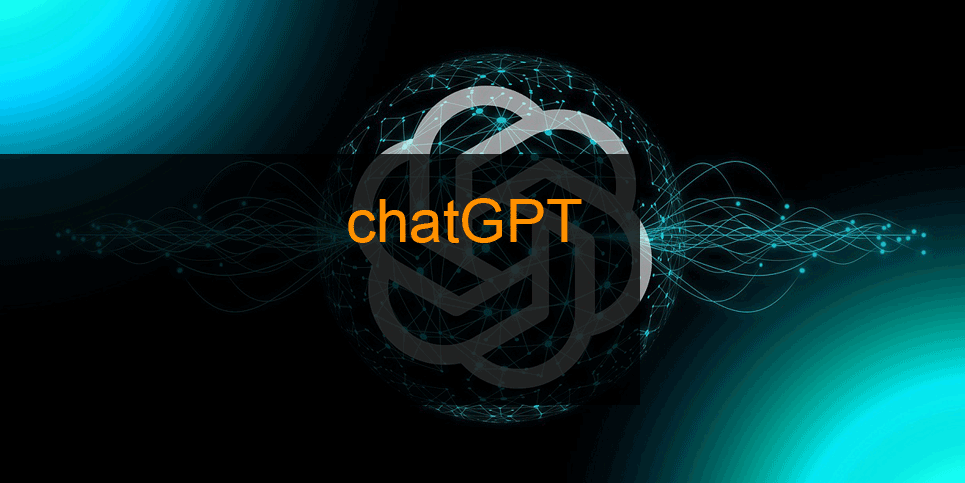Best Practices in ChatGPT: Tips and tricks for building effective conversational AI models
ChatGPT 2023. 2. 8. 14:15Conversational AI models, such as ChatGPT, have gained popularity in recent years due to their ability to generate human-like text and respond to questions. However, building an effective chatbot using ChatGPT can be challenging, as it requires a deep understanding of the model's architecture and training data. In this article, we will cover best practices for building chatbots using ChatGPT.
Understanding the Model Architecture
One of the key steps to building an effective chatbot using ChatGPT is to understand the model architecture. ChatGPT is a transformer-based model that has been trained on a massive amount of text data, allowing it to generate text that is similar to human language. To build an effective chatbot, it is important to understand how the model works and how to fine-tune it for your specific use case.
Fine-Tuning the Model
Another important aspect of building an effective chatbot using ChatGPT is fine-tuning the model. Fine-tuning the model involves training it on a smaller, specific dataset to adjust the model's parameters to better fit your specific use case. This can be done by using transfer learning, where the pre-trained model is used as a starting point, and then additional training is performed to fine-tune the model.
Data Quality and Quantity
The quality and quantity of the data used to fine-tune the model can have a significant impact on the performance of the chatbot. It is important to use high-quality, diverse data that is relevant to your specific use case. Additionally, the more data you use for fine-tuning, the better the performance of the chatbot.
Evaluating the Model Performance
Evaluating the performance of your chatbot is crucial in determining its effectiveness. This can be done by testing the chatbot on a test dataset and comparing its performance to a baseline. Common metrics used to evaluate chatbot performance include accuracy, F1 score, and precision.
Handling Out-of-Scope Questions
One of the challenges of building a chatbot using ChatGPT is handling out-of-scope questions. This refers to questions that are not within the scope of the chatbot's training data and for which the chatbot is not able to generate an accurate response. To handle out-of-scope questions, it is important to implement fallback mechanisms, such as redirecting the user to a human agent.
Conclusion
In conclusion, building an effective chatbot using ChatGPT requires a deep understanding of the model architecture, fine-tuning the model, using high-quality and diverse data, evaluating the model performance, and handling out-of-scope questions. By following these best practices, you can build a chatbot that is able to generate human-like text and respond to questions with high accuracy.







